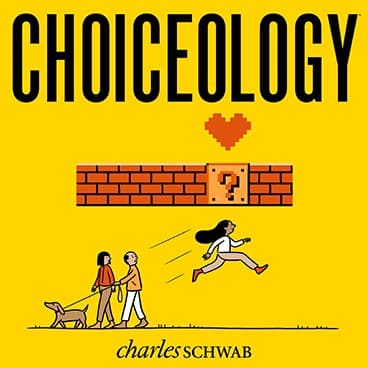The Power of Do-Overs: With Guests Jeff Ryan & Marissa Sharif
When you fail to reach a challenging goal, say, saving a certain amount of money each month or getting to the gym a certain number of times a week, it can be tempting to just give up on the plan entirely. But new research shows that building some flexibility into that plan can actually improve your chances of success.
In this episode of Choiceology with Katy Milkman, we look at how mulligans, skip days, cheat meals, and get-out-of-jail free cards are important strategies for sticking to your long-term goals.
In the era of pinball and video arcades, most games provided a limited number of turns or lives for every coin you put in the slot. When you ran out of lives, it was game over. You had to either walk away or pony up more money. That same limited-lives approach to game design followed in early home video game consoles. But in the 1990s, one company tried a new approach—and, in the process, changed the industry forever.
Jeff Ryan tells the colorful story of how Nintendo's Super Mario Bros. became a runaway success and influenced countless games to come.
Jeff Ryan is the author of Super Mario: How Nintendo Conquered America.
Next, Katy speaks with Marissa Sharif about research that shows that cutting yourself a certain amount of slack—or dipping into what she calls "emergency reserves"—when life gets in the way of your goals can make all the difference.
You can read more in the paper she co-authored with Suzanne B. Shu called "Nudging Persistence After Failure Through Emergency Reserves."
Finally, Katy gives several useful examples of emergency reserves in the real world that can help you learn a language, stick to a diet, or get your daily steps in.
Choiceology is an original podcast from Charles Schwab.
If you enjoy the show, please leave a rating or review on Apple Podcasts.
Learn more about behavioral finance.
All expressions of opinion are subject to change without notice in reaction to shifting market conditions.
The comments, views, and opinions expressed in the presentation are those of the speakers and do not necessarily represent the views of Charles Schwab.
Data contained herein from third-party providers is obtained from what are considered reliable sources. However, its accuracy, completeness or reliability cannot be guaranteed.
All corporate names are for illustrative purposes only and are not a recommendation, offer to sell, or a solicitation of an offer to buy any security.
Investing involves risk, including loss of principal.
The book How to Change: The Science of Getting from Where You Are to Where You Want to Be is not affiliated with, sponsored by, or endorsed by Charles Schwab & Co., Inc. (CS&Co.). Charles Schwab & Co., Inc. (CS&Co.) has not reviewed the book and makes no representations about its content.
Apple Podcasts and the Apple logo are trademarks of Apple Inc., registered in the U.S. and other countries.
Google Podcasts and the Google Podcasts logo are trademarks of Google LLC.
Spotify and the Spotify logo are registered trademarks of Spotify AB.



